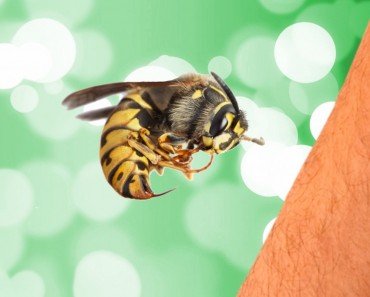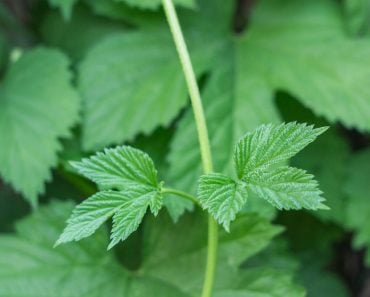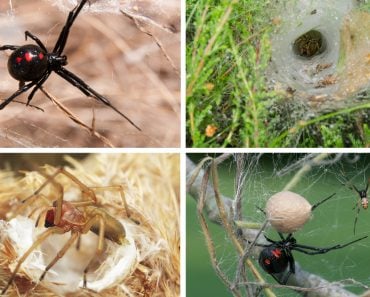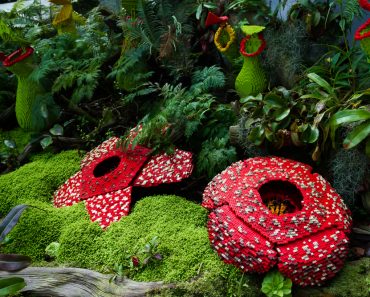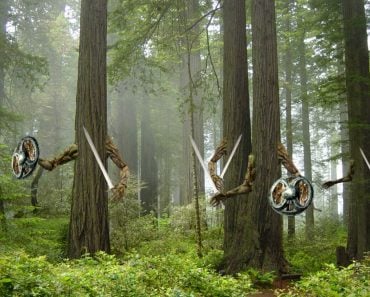Table of Contents (click to expand)
The Gympie-Gympie stinging tree is one of the world’s deadliest plants, and can leave you in agony and pain for months; death itself would seem like a better option.
Australia is home to a wide variety of animals and diverse habitats—some beautiful, some cuddly and some super-deadly.
In terms of a formidable reputation, plants are no exception. Wildly thriving in Queensland, Australia is a humble-looking tree—the Gympie Gympie (Dendrocnide macrolides). Don’t let its humorous name, frizzy-leafed and innocuous appearance fool you; this stinging tree can leave you in agonizing pain for months, if not for years.
Recommended Video for you:
What Makes This Stinger So Deadly?
Being burned by hot scorching acid and a sensation of electric shocks trickling down your spine—that’s what it can feel like when you experience this stinger, and surprisingly, you don’t even need to touch it!
An extremely fine corsage of poisonous silica needles filled with a potent neurotoxin coat the entire plant. And if this plant couldn’t get any more intense, the things shed like a feline in the summertime, so it’s dangerously easy to get stung by a thousand of these stingers without ever touching them.
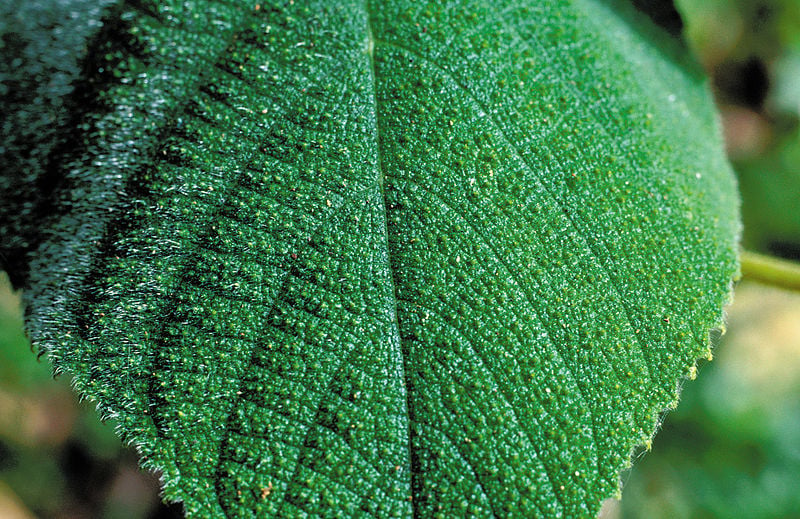
Plucking Them Off
If you’re stung by the Gimpy, you can’t just conveniently pluck the needles out, as you’d do with your hair using tweezers. Its “silica mane” is too fine and dense to be seen by the naked eye, so good luck finding and plucking them off. The only possible solution left is to rip them all out using hot wax and pray that not even a single stinger breaks off and becomes embedded in your skin. Even then, neither treatment is near perfect, and at best, it simply dilutes the pain, enough for it to not make you want to bite your arm off.
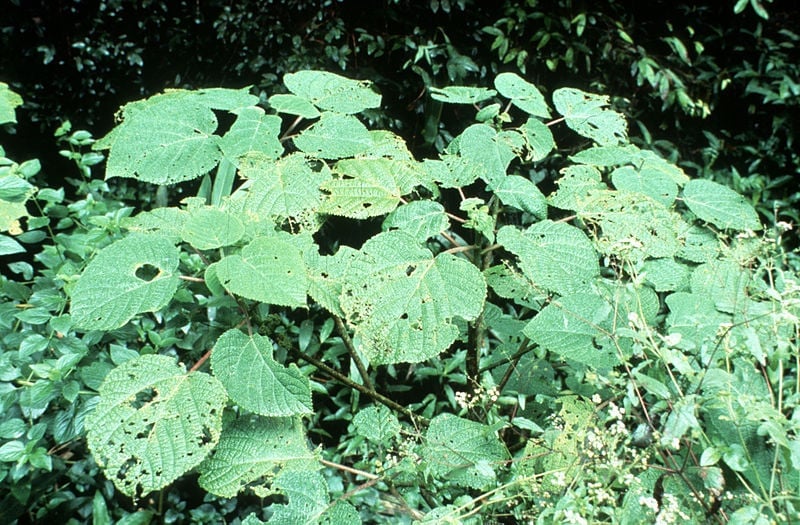
A dried-out, centuries-old Gimpy is equally harmful, as silica doesn’t wither off with the rest of the plant’s bio-molecules. The actual chemicals contained in its venom are not yet entirely understood by botanists, although the presence of a peptide, Moroidin (C47H66N14O10) may be involved.
The Gimpy Tales
The sting of a Gympie Gympie has been described as “the worst pain you’ll suffer in your life”, and yet this scandalous plant leaves behind no cuts or marks on your body. Surprisingly though, the plant isn’t “deadly” at all. The toxin it possesses is nowhere near the required amount to kill a robust human being, so how do people die of its stings then?
Well, it gets scarier… the people stung by it kill themselves.
North Queensland road surveyor A.C. Macmillan was the first to document the effects of “a stinging tree” in 1866. He reported that his packhorse “was stung by a bush, got mad, and died within two hours”. In a separate incident, an officer serving in WWII unknowingly used a Gympie Gympie leaf as a toilet paper. He ended up shooting himself, unable to bear the “deep-seated pain”.
The pain can’t be that bad, right? Well, it seems appropriate to mention that the victims of the Gympie Gympie sometimes need to be fastened to chairs and beds to prevent them from tearing their skin off their bones in pain. They’d die of heart attacks and shock, otherwise.
The Gimpy’s Future
Now that you’re aware of its existence, you definitely want to keep this one out of your backyard garden, off your hiking trails and quite possibly off this planet. The Gimpy has taken a hint, because they are vanishing from the planet at an incredible rate.
In 2014, two different Gympie Gympie trees were found with all their parts seemingly intact, but without any toxin in the silica hairs of the leaves. Remove this one component, and its ability to cause pain is gone. Somehow, the plants have decreased the production of the toxin—all by themselves!
Is this the next step in its evolutionary cycle or just a necessary adaptation to pose less harm to other beings? We don’t know, but perhaps, someday, the sting of a Gympie Gympie tree will only be an agonizing legend.
References (click to expand)
- Morita, H., Shimbo, K., Shigemori, H., & Kobayashi, J. (2000, March). Antimitotic activity of moroidin, a bicyclic peptide from the seeds of Celosia argentea. Bioorganic & Medicinal Chemistry Letters. Elsevier BV.
- Gympie-Gympie losing its sting? - Australian Geographic - www.australiangeographic.com.au
- Factsheet - Dendrocnide moroides - keys.trin.org.au:8080

